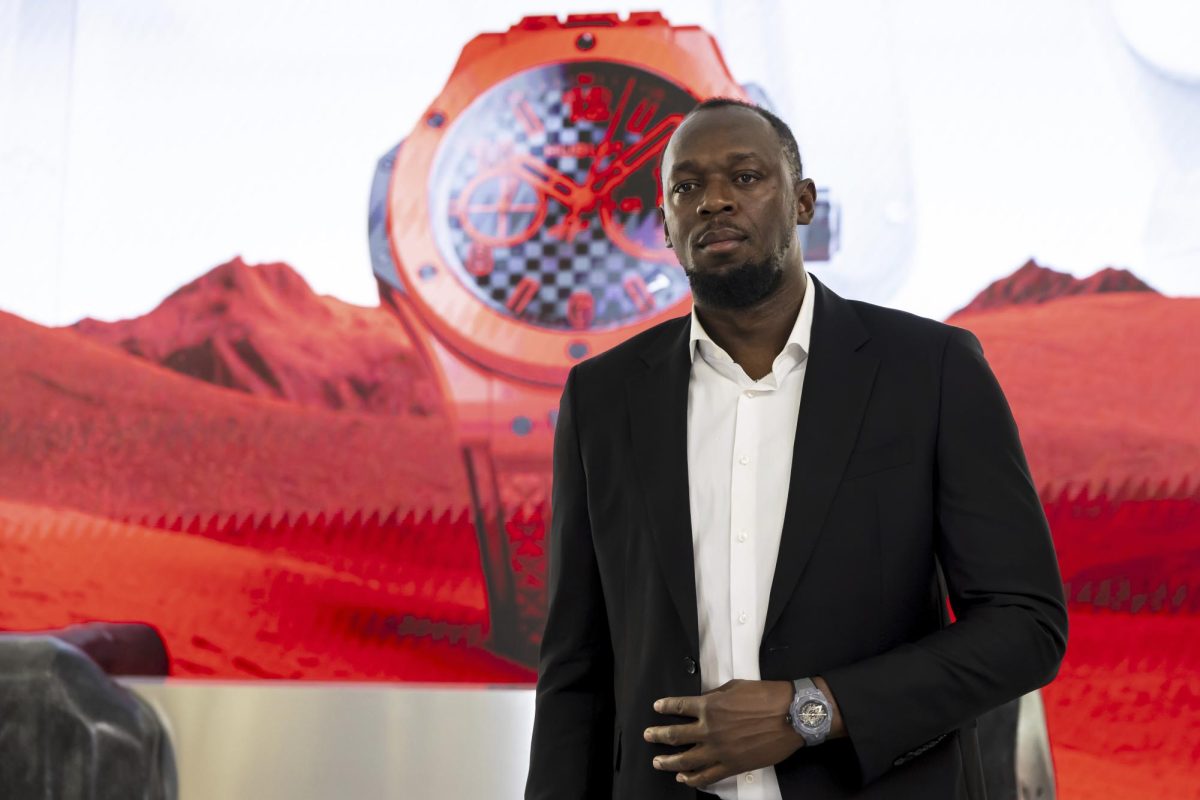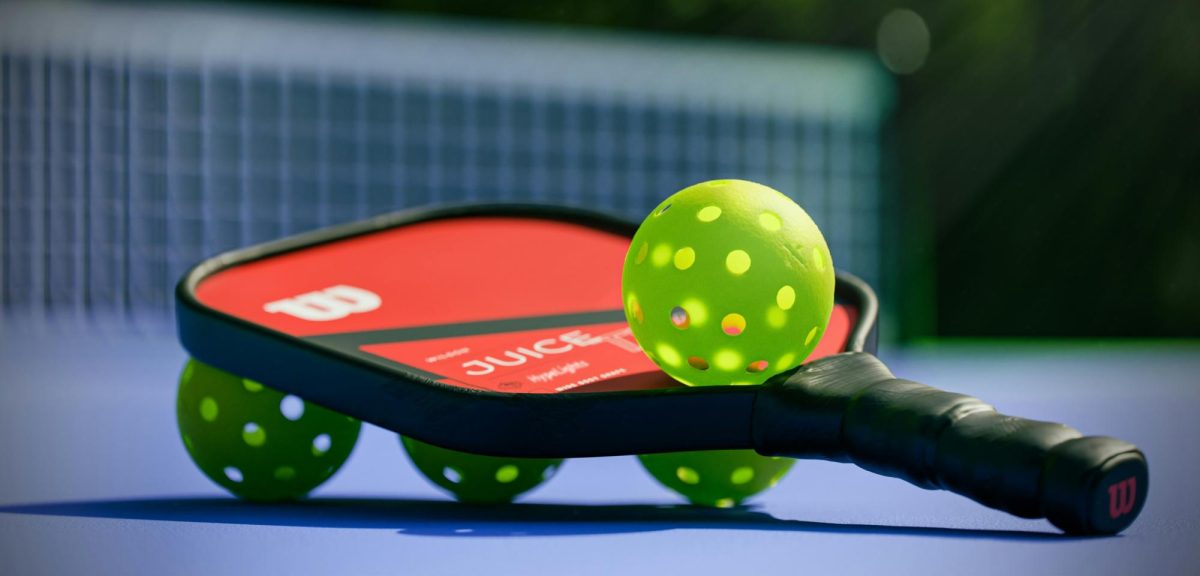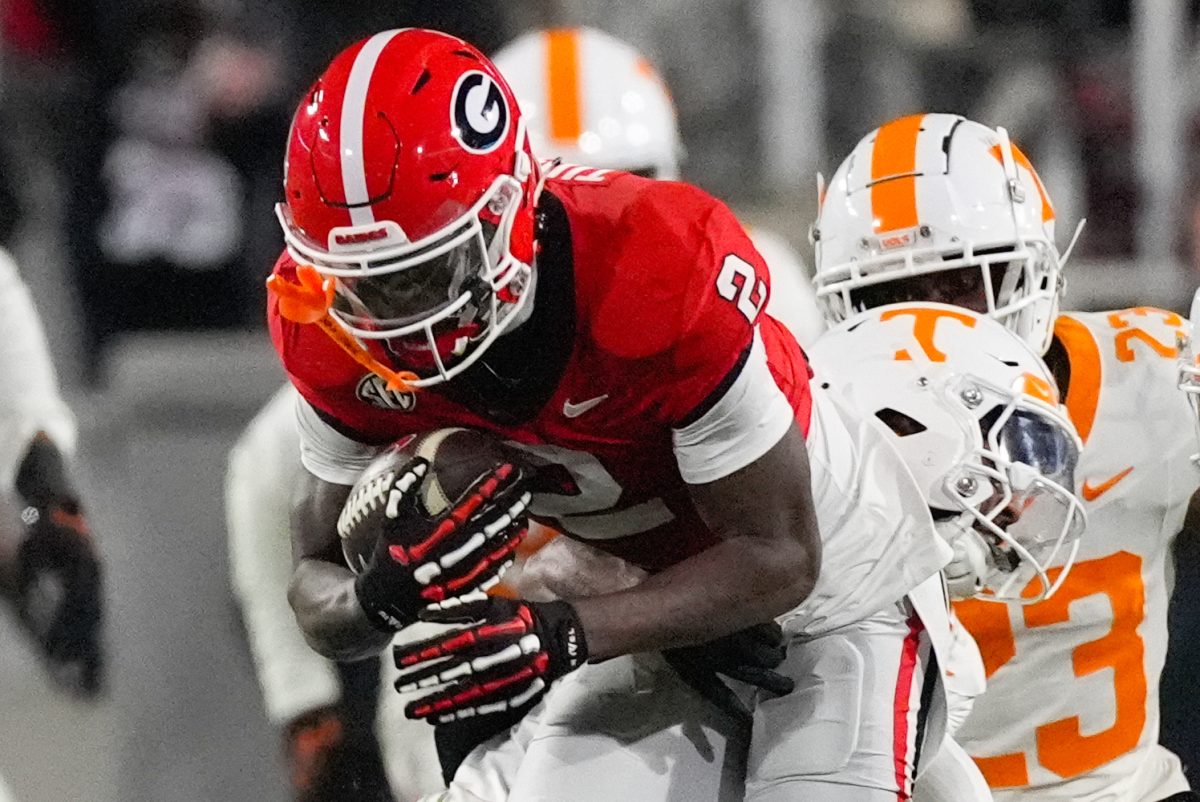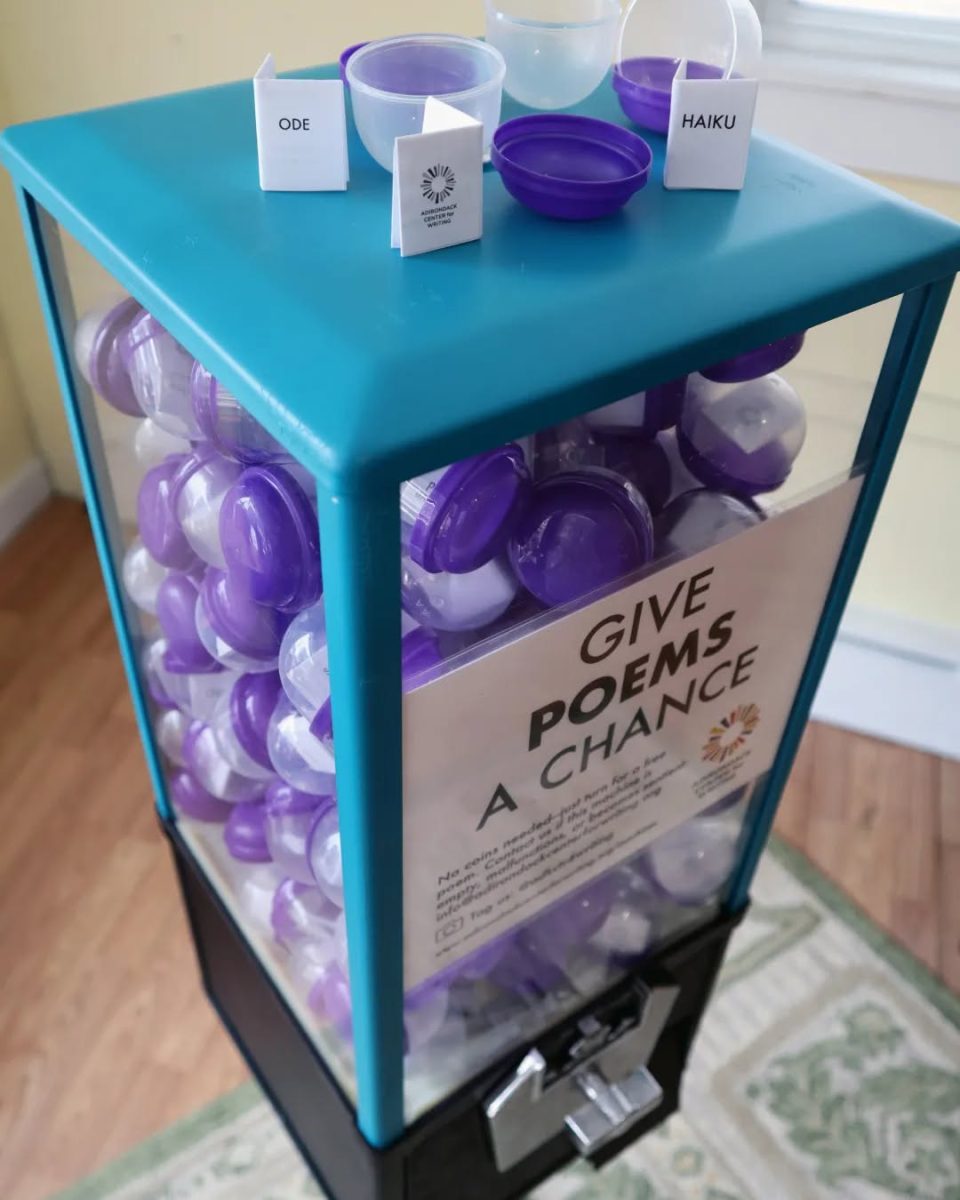Among the many specialized fields of medicine, sports medicine is one that has made particularly impressive progress in recent decades.
While certain injuries had athletes out of their sport for months in the past, the 21st century’s spectrum of sports technology — more specifically recovery technology — has been a pivotal factor in protecting athletes’ health and improving their performance.
“While athletes put in the hard work at the gym and on the field, the bed, pantry and couch are where they will maximize their recovery and adaptations to training,” said Matt Driller, an associate professor of Sport and Exercise Science at La Trobe University.
There is no question that the physical demands of being a professional athlete are incredibly high, and sports recovery tech is the leading outlet that allows athletes to recover appropriately from bodily strain from workouts, practice or competition. But today, what are the leading developments and newest devices in all things sports recovery tech?
As of this year, the consensus among recovery specialists is that wearable recovery devices, cryotherapy, percussive therapy devices, compressive therapy, electric muscle stimulation (EMS) and infrared saunas are some of the latest trends that have emerged as areas of progress in sports medicine.
EMS devices, which send a series of electric pulses to induce blood flow, have emerged as a critical source of athlete recovery for a few reasons. First, they help athletes retain muscle mass during a period of inactivity, which allows for an easier transition back into a regular physical routine as they leave the recovery period. Second, it increases muscle repair rate, allowing injured pros to return to the season quicker or actively recover during the season from a minor muscle injury.
“While recovery device manufacturers make many different claims, for the most part, the main aims are to reduce this muscle soreness or overall feelings of fatigue and aid the athlete’s ability to cope with their training load,” Driller explained.
The overall benefit of sports recovery tech lies in the ability for athletes to use these devices in post-practice or game settings with minimal downtime.
Think of the sore, slow-moving feeling an individual gets after they work out intensely. It can make the individual less motivated or it can even lower their mobility for the next high-intensity activity they partake in. For professional athletes, this feeling can be constant and, at times, debilitating. Devices that reduce these impacts of physical and muscle fatigue are revolutionizing the way athletes recover day-to-day.
While EMS serves as a more long-term and intense recovery tool, infrared saunas and wearable recovery devices target the issue of daily muscle fatigue. Infrared saunas, unlike traditional saunas, use infrared light to warm up your body by penetrating the skin. This heat results in more intense sweat after a short period of time, allowing for better detoxification and loosening of muscle stiffness. For professional athletes, stepping into an infrared sauna post-workout can reduce the feeling of soreness that often comes from a demanding workout.
Wearable recovery tools are another type of device that focuses on a similar concept of decreasing muscle weariness and fatigue. Wearable devices such as muscle oxygen monitors help athletes avoid overtraining by sensing their oxygen saturation levels during physically active periods. These devices are not cost-free, and while most professional athletes have sports medicine specialists and state-of-the-art recovery equipment, the majority of non-pros do not have access to these devices in any comparable form.
In recent years, however, there has been a large amount of recovery tech on the market aimed at individuals to use in their own homes. An example is the Muscle Activated Recovery Cascade (MARC) Pro, which is a type of EMS device that is portable and compact, allowing users to travel and use the device in a personal setting.
Lesley George, a writer at Shape, discussed the broad benefits of the MARC Pro.
“It is a lot like a recovery run or ride. Except you’re not tempted to over-train like many of us do […] The compact device is basically a portable version of stimulation machines at the athletic trainer or physical therapist,” George wrote.
The brilliance of this era of sports recovery technology comes from its shift towards portability and the ability to conduct high-efficiency recovery without a trainer or costly extensive devices. If the future of physical rehabilitation can be made accessible to all, the benefits of sports on all levels will be maximized. If the NFL can utilize oxygen masks for players on the sidelines to help increase muscle performance mid-game, then there is an excellent chance that we will see high school athletes doing the same in a matter of years. Sports recovery devices are indeed beneficial, and while there is less ability for non-professionals to use these devices, the market for sports technology is swiftly moving in the direction of accessibility for all.


















